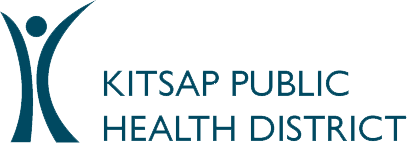
Needlestick Injury or Other Blood Exposure Procedure
Purpose: Prevent transmission of bloodborne pathogens.
Definition of substantial exposure to potentially infectious body fluids:
Any percutaneous, mucosal, or non-intact skin contact with the blood or other potentially infectious bodily fluids of another person. In some instances, the Health Department may consider gross exposure of intact skin to these materials a substantial exposure at its discretion.
The following are not substantial exposures:
- Contact with blood on intact skin away from areas of the mouth nose, or eyes.
- Contact with urine or stool away from areas of the mouth nose or eyes.
- Exposure to non-bloody saliva—even in the eye, nose or mouth.
- Contact with dried blood away from the mouth, nose or eyes.
What to do if I get a needlestick
Employee, contract employees or volunteers:
- Step 1: Provide immediate care to the exposure site. Wash wound and skin with soap and water.
- Step 2: Report exposure to your supervisor. Supervisor should assess the risk. Is it a high risk group?
- Current HIV infection
- Males who have sex with males
- Current or past IV drug use
- Step 3: Within 24 hours, seek medical care for a needlestick. Go to a medical provider of your choice. They will test you for Hepatitis B, Hepatitis C and HIV. Make sure that you tell them that this is an on-the-job injury.
- Step 4: Complete an On-the-Job Injury Report.
Supervisor/Nurse:
- Step 1: Obtain history from source. Assess risk for HIV, hepatitis B, and hepatitis C.
- Step 2: Obtain written consent from source.
- Step 3: Test source patient or send to one of the clinics listed below. The Department pays the bill for this service.
- Step 4: Determine exposure risk, i.e. type of fluid, gauge of needle.
- Step 5: Complete incident report.
